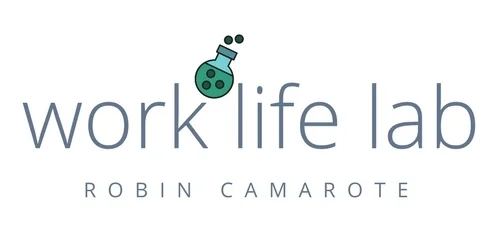We look forward to board meetings like we do putting gas in the car. Getting together is obviously critical in order to run but you know you're going to bump into some questionable characters and afterwards have an intense desire to wash your hands.
Who would look forward to prepping for weeks in advance to entertain an bunch of well-meaning but ultimately bored and distracted know-it-alls? In the non-profit world, boards provide strategic guidance, raise funds, and make connections. In the for-profit world, it's pretty much the same-- except that a many are actually paid to be there. So that helps, I guess.
Either way, the issue we face when preparing for and engaging our boards is an issue of disconnected judgement. The organization's mission is clear. The board's purpose is clear. Unfortunately though, they're together so infrequently and rarely ever during a normal day that both sides lack sufficient understanding to really help each other help the organization.
What to do?
Commit to at least one experiential portion during the annual or semi-annual meeting. These sessions should be...
Hippo by Martin Pool
- At least 1/2 a day (4 hours) with a bit of time at the end to talk casually about what they did or saw
- Mimic normal day-to-day challenges to the greatest degree possible. Obviously, most staff or patients or tourists or clients will behave differently when there is someone unfamiliar lurking about. Even so, get the board involved with whatever you develop and deliver at the most fundamental level.
- Split board members up (so that they don't just talk to each other) and pair them with your most passionate staff. Focus on pairing board members with sparky, interesting people who embody the mission. With this approach, you might not pick your highest performers or even someone doing everything by the book. However, the benefit is that the board member will be exposed to an impassioned person who will naturally seize that opportunity to reinforce why the work is so important. They'll also see the strengths, weaknesses, and risks up close.


